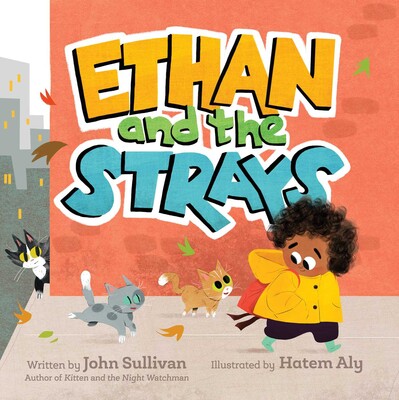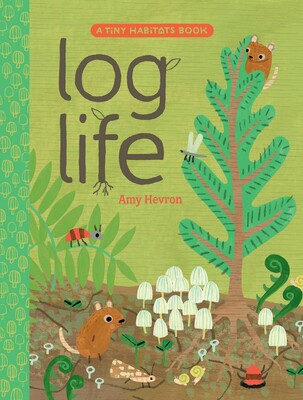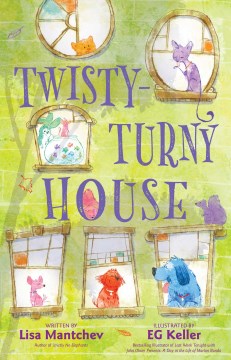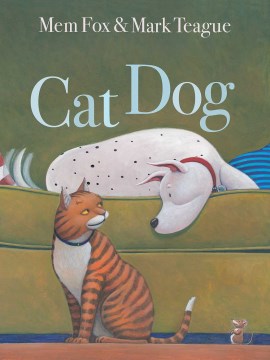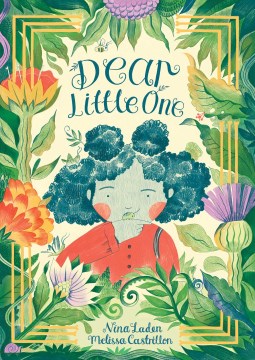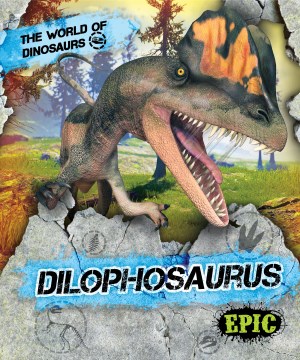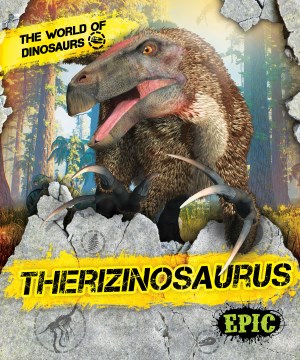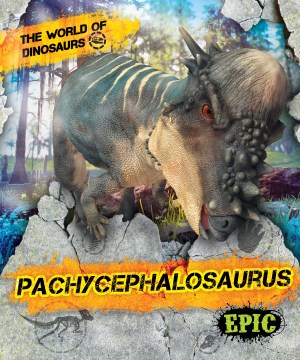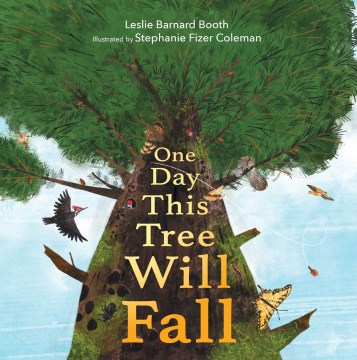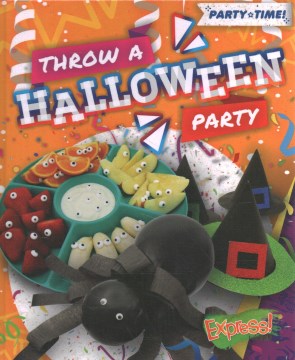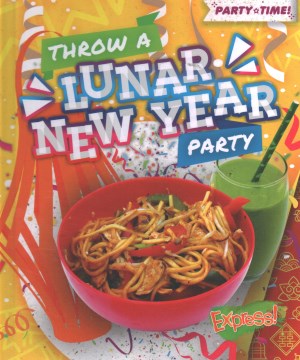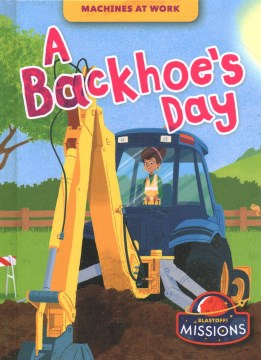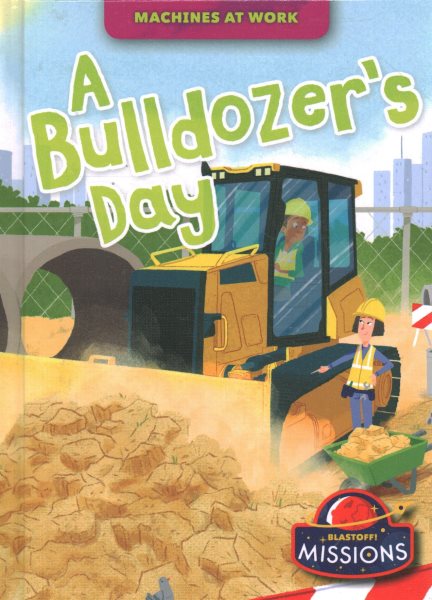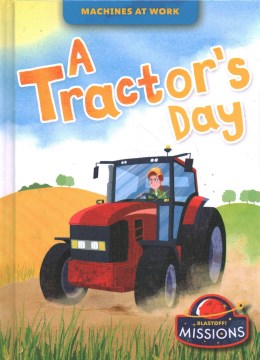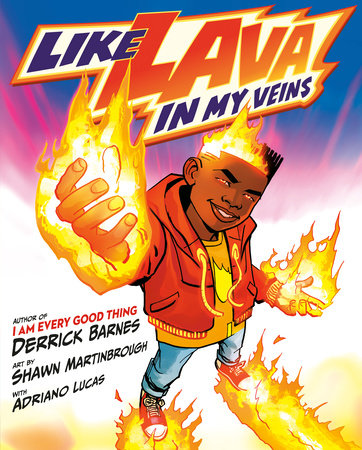
Derrick Barnes has created yet another empowering and engaging picture book that will inspire elementary age kids. Like Lava in My Veins follows Bobby Beacon as he starts at a new school for kids with superpowers. Bobby has the power to control fire and lava, but when he gets heated, those powers can get away from him. His teacher at his new school doesn’t understand Bobby or see his amazing talents, and he ends up in the principal’s office. When he’s transferred to a new class, though, Bobby finally starts to feel seen and understand how to control his fire. This picture book is drawn in graphic novel style, which will make it immediately appealing to many readers, but it’s also a phenomenal story for social emotional development. I love that his “fire” is shown to be a superpower. The book showed the value of controlled anger when faced with injustice, which is something I haven’t seen tackled in a picture book. Like Lava in My Veins is a unique and powerful book that will be appreciated by adults and kids alike.

